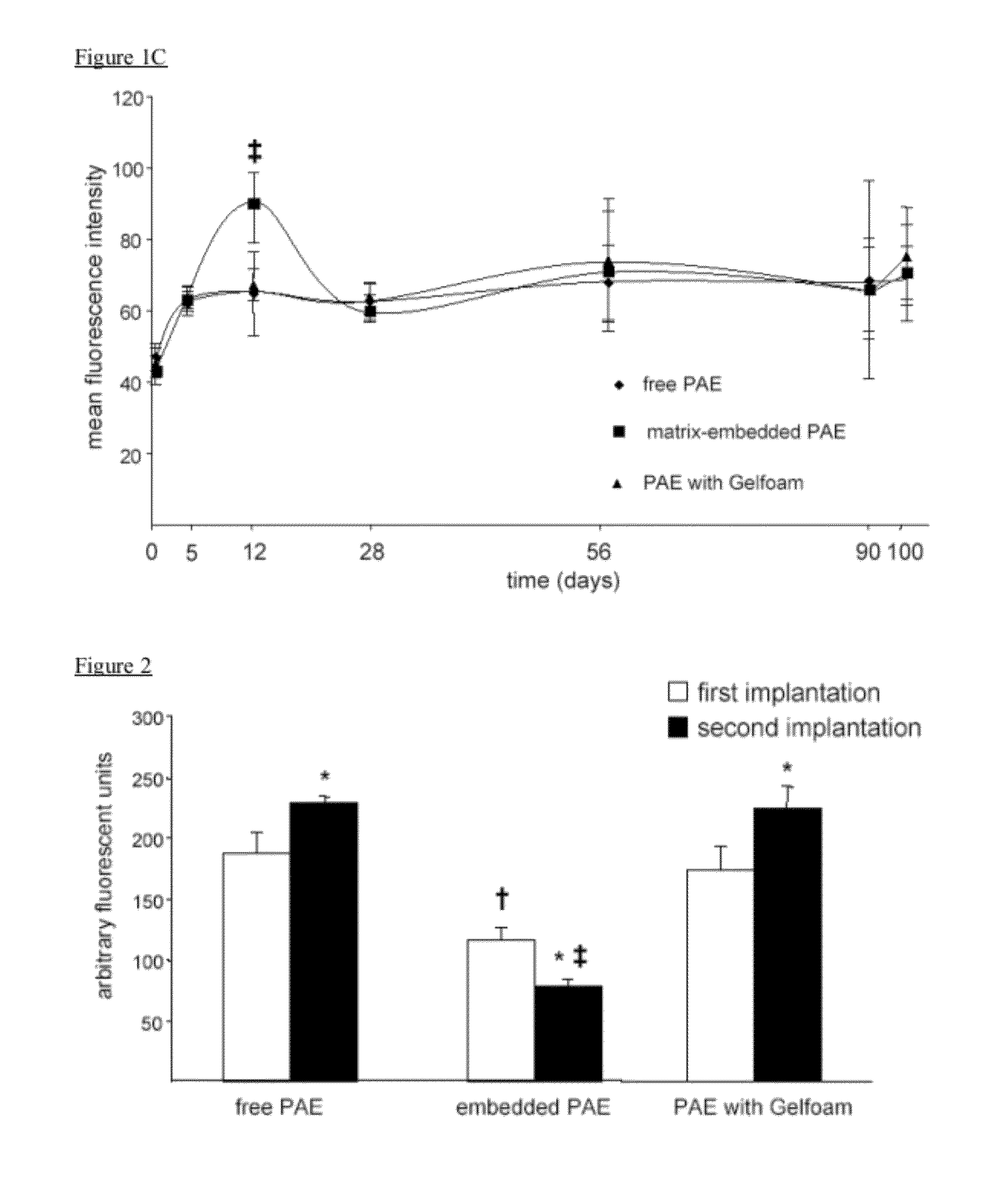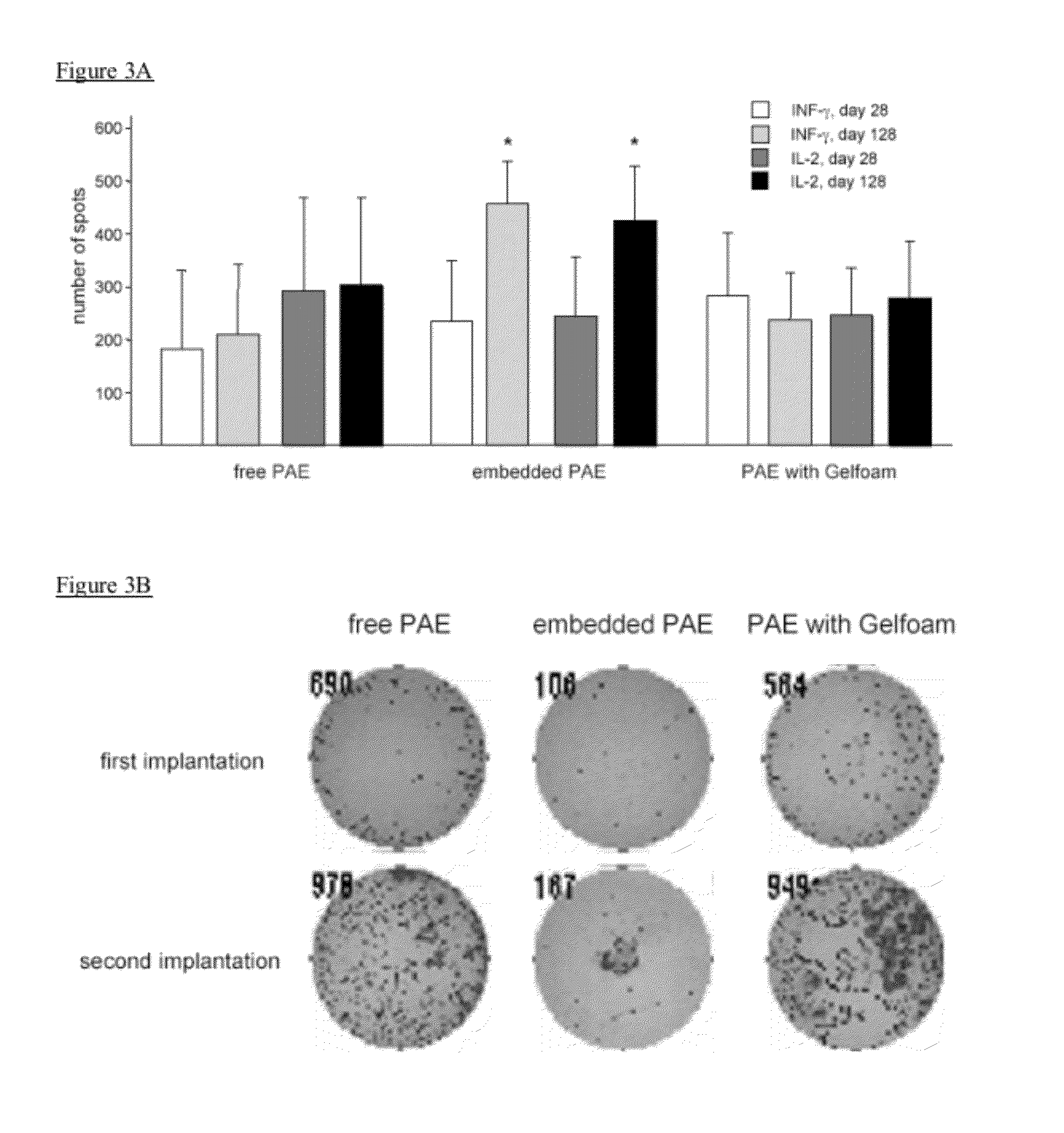Materials and Methods for Altering an Immune Response to Exogenous and Endogenous Immunogens, Including Syngeneic and Non-Syngeneic Cells, Tissues or Organs
a technology of exogenous and endogenous immune responses and materials, applied in the direction of immunological disorders, antibody medical ingredients, drug compositions, etc., can solve the problems of host immune responses that are formidable barriers to transplantation across species, patient's immune system is thoroughly compromised, and success is limited, so as to reduce the immune response, and reduce the immune response. effect of recipien
- Summary
- Abstract
- Description
- Claims
- Application Information
AI Technical Summary
Benefits of technology
Problems solved by technology
Method used
Image
Examples
Embodiment Construction
[0038]Tissue engineering is a promising approach to exploit endothelial cells, endothelial-like cells, or analogs of either as a cellular therapy for diseases accompanied by or typified by adverse immunological components. For example, certain diseases such as but not limited to vascular diseases provoke adverse immunological responses and / or inflammatory reactions. The present invention is based on the discovery that cells such as endothelial cells which are anchored to or embedded in three-dimensional matrices, secrete essential regulatory factors which can ameliorate or otherwise modulate an adverse immunological response.
[0039]The implantable material of the present invention was developed on the principals of tissue engineering and represents a novel approach to addressing the herein-described clinical needs. The implantable material of the present invention is unique in that the viable cells anchored to and / or embedded within the biocompatible matrix are able to supply to the ...
PUM
| Property | Measurement | Unit |
|---|---|---|
| humidity | aaaaa | aaaaa |
| humidity | aaaaa | aaaaa |
| pore size | aaaaa | aaaaa |
Abstract
Description
Claims
Application Information
 Login to View More
Login to View More - R&D
- Intellectual Property
- Life Sciences
- Materials
- Tech Scout
- Unparalleled Data Quality
- Higher Quality Content
- 60% Fewer Hallucinations
Browse by: Latest US Patents, China's latest patents, Technical Efficacy Thesaurus, Application Domain, Technology Topic, Popular Technical Reports.
© 2025 PatSnap. All rights reserved.Legal|Privacy policy|Modern Slavery Act Transparency Statement|Sitemap|About US| Contact US: help@patsnap.com



